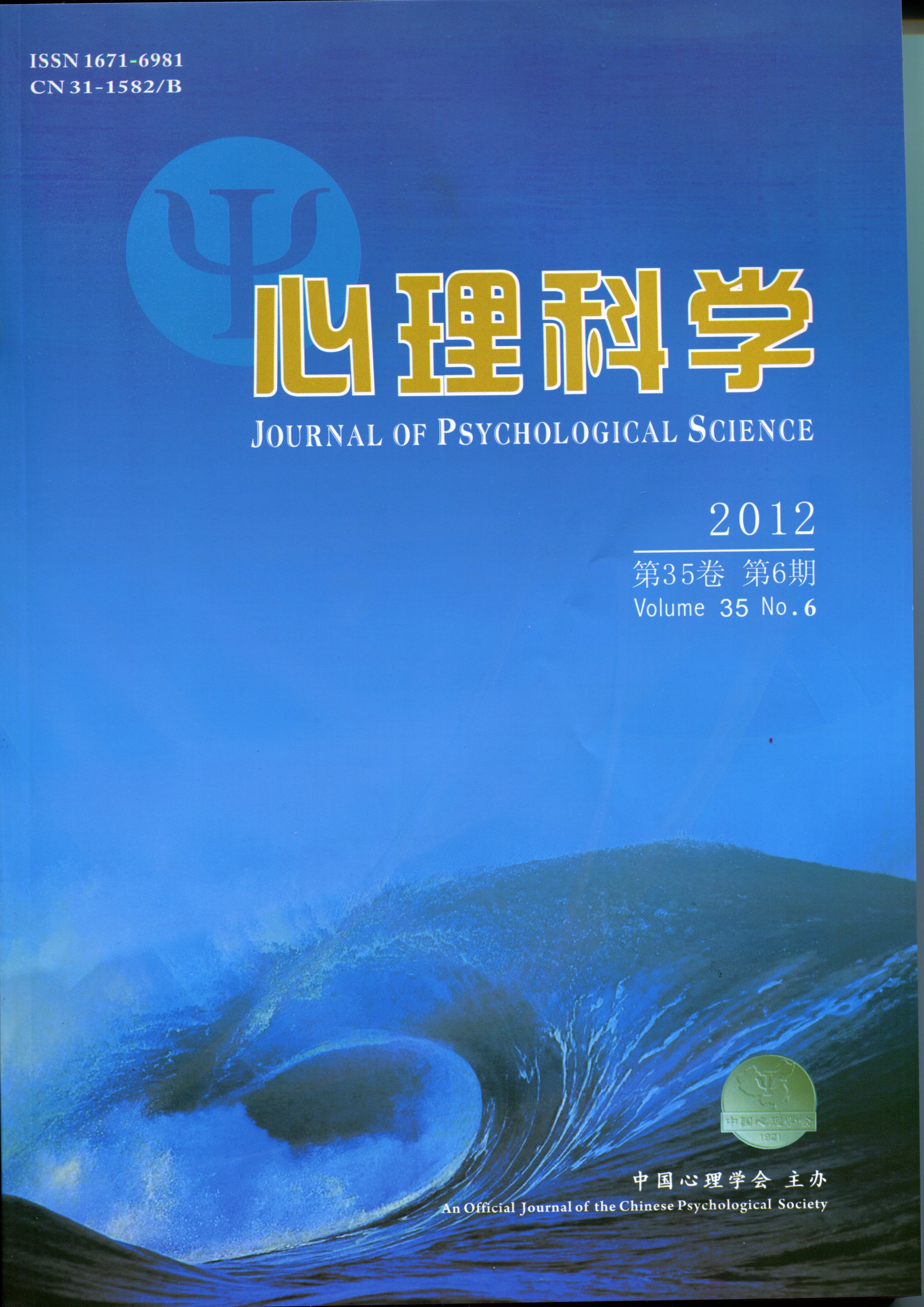Power cues is the inside and outside stimulates that people utilize to judage the power of others and themselves. Recognizing people's power is the basic interaction in social and organizational life, which reduces the likelihood of conflicts within and between the groups and assigns resources effectively, and also sounds much to self-reinforcing and self-definition. Power cues are not only the statement of targets' power, but also can be used to predict people's minds and behaviours. Generally speaking, there are two kinds of coding, vision and audition, inputing informations. The visual codings include appearence, such as the formation of face, behaviors, espeically non-verbal behaviors, which always come out without consciousness but indicate peoples' power more exactly. The aural codings include several parameters of sound, such as formant dispersion (Df), fundamental frequency (F0), Variation in F0, Intensity, utterance duration. While some kinds of messages are different, such as semantic content, via the both ways, which connect with power basing on higher level of cognition. In this three viewpoints, there are still more cues needing to be explored. Surprisingly, there is another odd factor that is the gender, researches relating which were found out diversity of resualts, so gender is more moderator than a definite power cue, which calls for more attention to the interaction effect. Besides, the mental representation of power, which involving mental simulation of space and can be interfered with by perception of vertical differences, is another key cue for power judgement that are cognitive cues for power. And scholars pay special attention to this, mostly, in the perspective of embodiment. Due to the importance of power, people try their best to be accurate at the power of targets by integrating varieties of power cues as many as possible. The systematic researches of power cues just begin, there is still a long way to go, and that provide scholars valuable challenges. By this time, when exploring new power cues, researchers prefer physical attribution. Just for the found power cues, there are still problems, which are the false relationships between cues and power. Even so, the categories and standardizations of power cues are still not figured out officially, which handicap the relevant theoretical construct and application of them. Finally, the future research tendencies, at aspects of three current statements mentioned above, were discussed as well.

